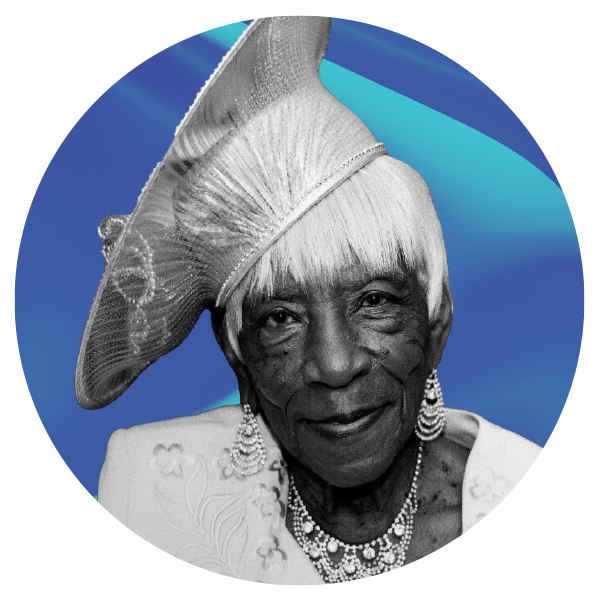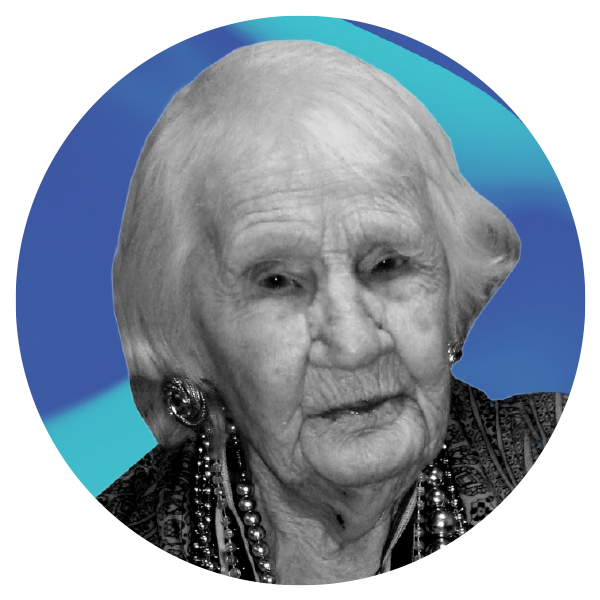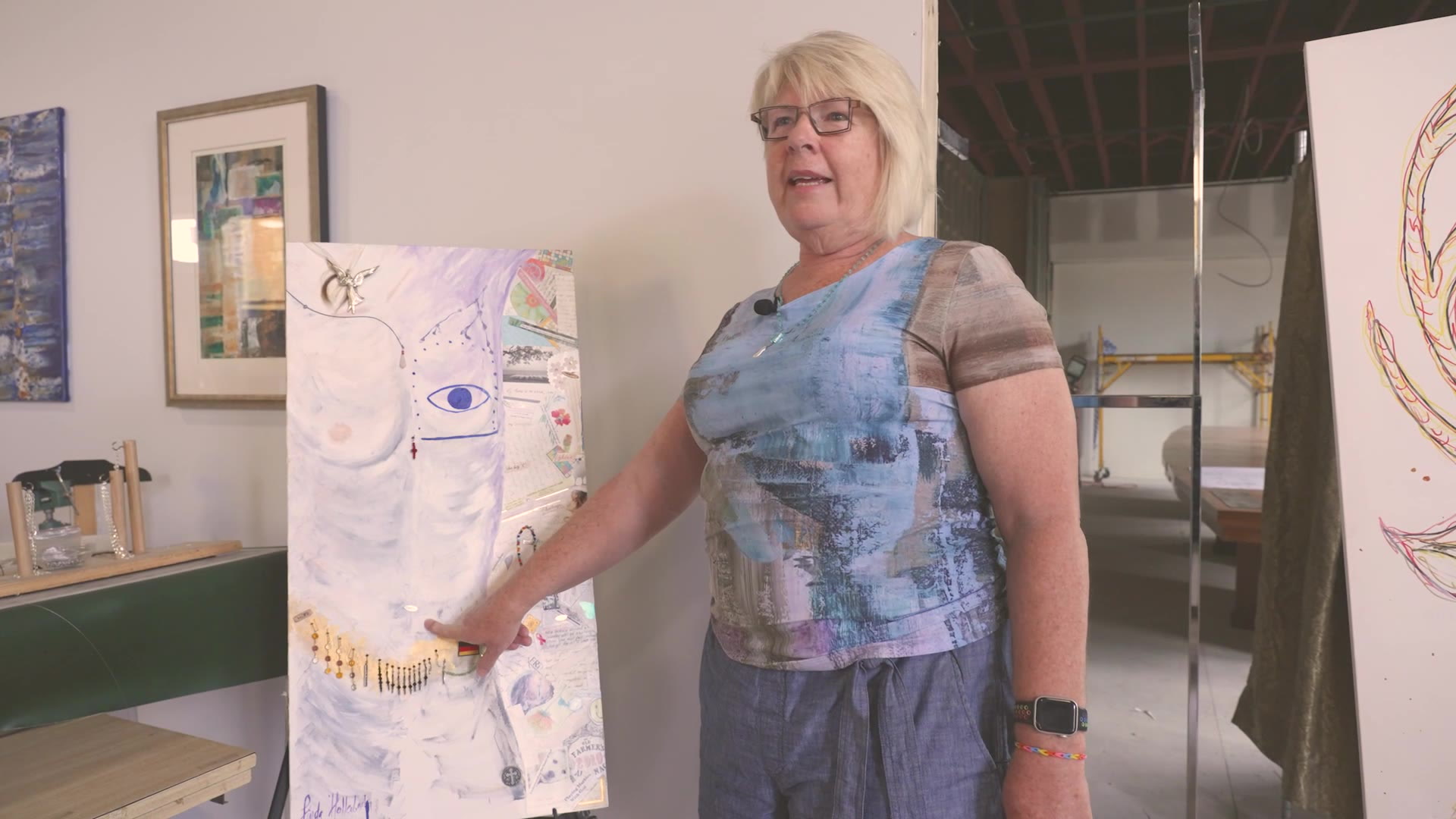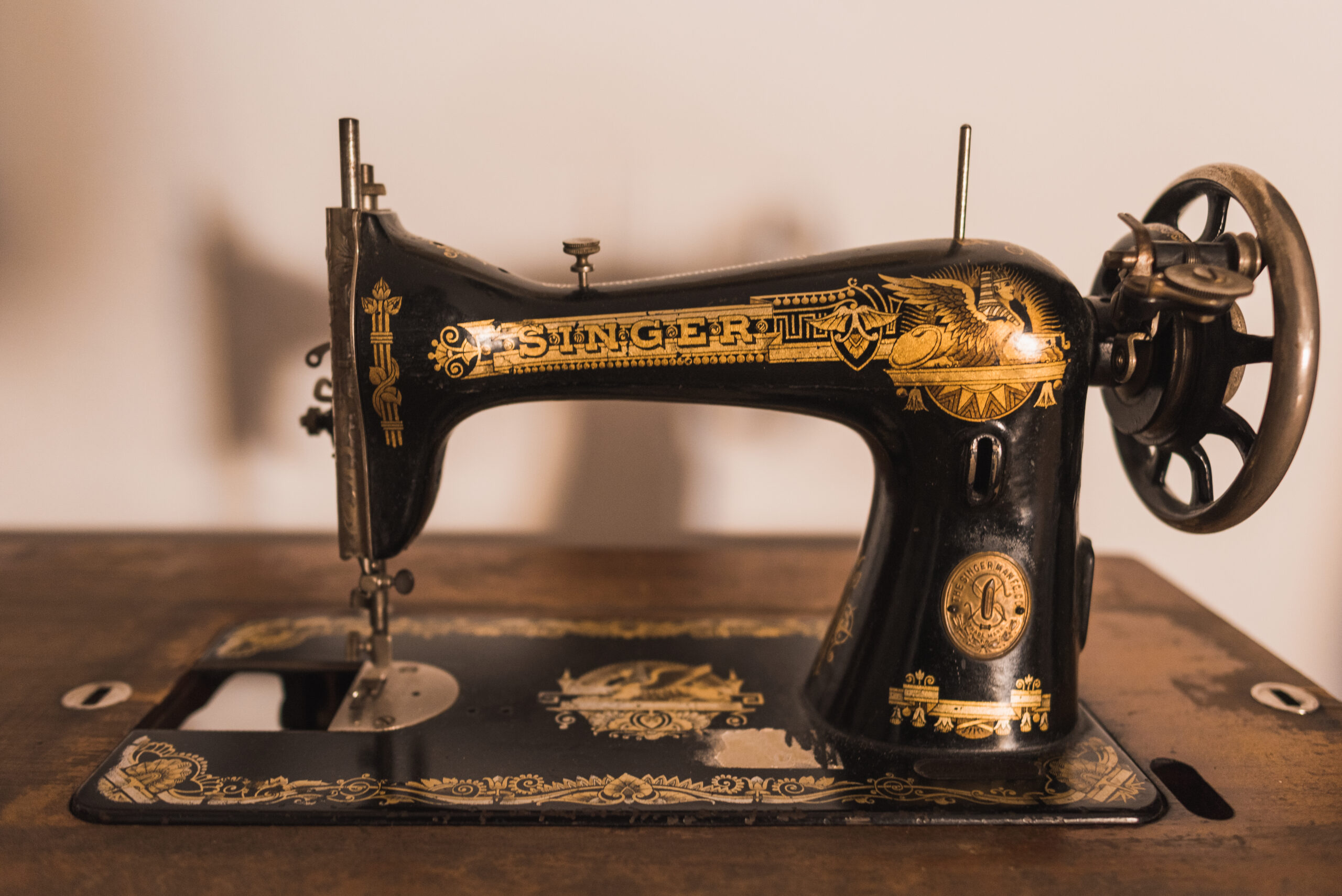Since 1987 in the United States the month of March has been observed as Women’s History Month. At Growing Bolder we’re fortunate to cross paths with women who have lived extraordinary lives. Many times our interviews with them are among their last, and include valuable reflections of long, well-lived lives. Here are three special women we met, no longer with us.

Betty Wall Strohfus
In 1942, with World War II raging on, America needed pilots. Uncle Sam put out the call and 25,000 women responded. Just 1,000 of those earned their wings as Women Air Force Service Pilots, or WASPs. Betty Wall was one of them.
“They thought I was crazy. What, fly airplanes? I said, women do fly,” Strohfus said. “We can fly anything they had. We flew 77 different types of aircraft. Not me alone but our group, we flew 77 different types of aircraft.
“You know the only thing I wanted to show them was that I could handle the airplane,” Betty continued. “They were very skeptical. I understand we were the first women to fly those aircraft and they were sure that they liked having us flying them. And I understood that, but I showed them I could do it. And I tried to do it in a nice way so they would like me afterwards.”
WASPs were never considered an official part of the military. In fact, the families of the 38 who gave their lives had to pay to have the body shipped home. Betty and many others believe that full recognition, even decades later, was worth fighting for to honor the sacrifice, to document the contribution, and to legitimize the legacy of the WASPs in World War II. She and seven others went to Washington with one final mission. Thirty-five years later, the WASPs were finally recognized as veterans of military service.
Betty Wall Strohfus passed away at the age of 96. Her final takeaway? “That anybody can do anything they want if they work hard enough,” Strohfus said. “I think that’s the way it is. That’s what I tell the children. I said, ‘Follow your dream.’ You want to do something, do it, because it’s so important for us to do what we’d like to do.”

Annie Peters
Annie Peters was born in Eatonville, Florida in 1920. You might know Eatonville as hometown of author Zora Neale Hurston. Annie knew Zora – as a child Annie washed her dishes for a dime. Working was a thread throughout Peters’ life.
She was a shipyard welder in New York and tried to find welding work in Florida. Turned down, she went back to school and became a cosmetologist, working until her death in her late 90s. At 98 she was still working with clients in a nursing home and driving others to church.
“I love seeing the expression on people’s face when I do something nice, you know,” Peters said. “They seem to enjoy what I do, and I enjoy doing it. That’s the way I live.”
Peters also made a point to eat well, kept her mind active doing puzzles, and exercised a couple of times a week. “We have an exercise place that we go. And there, everybody seems to be encouraged by me going,” she said. “And a lot of other people will say, you know, ‘if you can do, I can do it.’ Okay, come on! Everybody wants to be like me. (They say) ‘Miss Peters I want to be just like you when I grow up.’ I say, why wait till you grow up? You should start now!”
When we asked Annie why she kept going, she said it was because she was a workaholic – that she felt best when she was busy. Really, it was her life’s philosophy, through every setback.
“Hold your head up and keep going,” Peters said. “Whenever something goes wrong, I let it go in one ear and out the other. I don’t worry about something that I can’t have any control over. Let it go. Don’t dwell on it.”

Ruth Hamilton
Ruth Hamilton was born in 1898 and educated in a one-room schoolhouse. She got good grades and developed a lifelong passion for learning. Ruth became a teacher and in 1920 she married Carter Hamilton, who played for the Cleveland Indians.
Married women weren’t allowed to teach, but Hamilton petitioned the local school board and they agreed to change the rules.
Yet, Ruth wasn’t content to sit in the grandstands or in the classroom. She wanted a playing field of her own. Following Carter’s retirement from baseball, Ruth took her teaching in a new direction, becoming one of the first female radio talk show hosts in America in the 1930s. Ruth also got a loan and purchased a building where she ran a women’s dress shop for two years, then sold the building for a profit and purchased a vacation cabin in New Hampshire.
In 1937 Hamilton made her first trip abroad, exploring family roots in Denmark and Sweden. After seeing Adolph Hitler speak on a trip to Berlin, she tried to warn all who would listen about the danger he presented.
Following her husband’s death in 1948, Ruth moved to the cabin in New Hampshire. Hamilton was the first woman elected to the New Hampshire legislature and served from 1964-1973. From the 1950s – 1990s she traveled, gave talks about her trips, and became politically active.
Later living in Florida, Ruth joined the Growing Bolder team as a video blogger — at 109, she was the oldest blogger in history. She hoped viewers would find inspiration and learn from a woman born of another time, who wanted most of all to make a difference. “You know that thing is unbelievable, but it helps me to feel good,” Hamilton said about blogging. “And I feel so good. And I keep thinking, why didn’t I do more.” From a one-room school to the internet, in a century of living Ruth Hamilton remained a teacher to her core.
Betty Wall Stohfus, Ruth Hamilton and Annie Peters: three examples of women who made history by following their curiosity, believing they could make a difference and finding a way to keep going.















